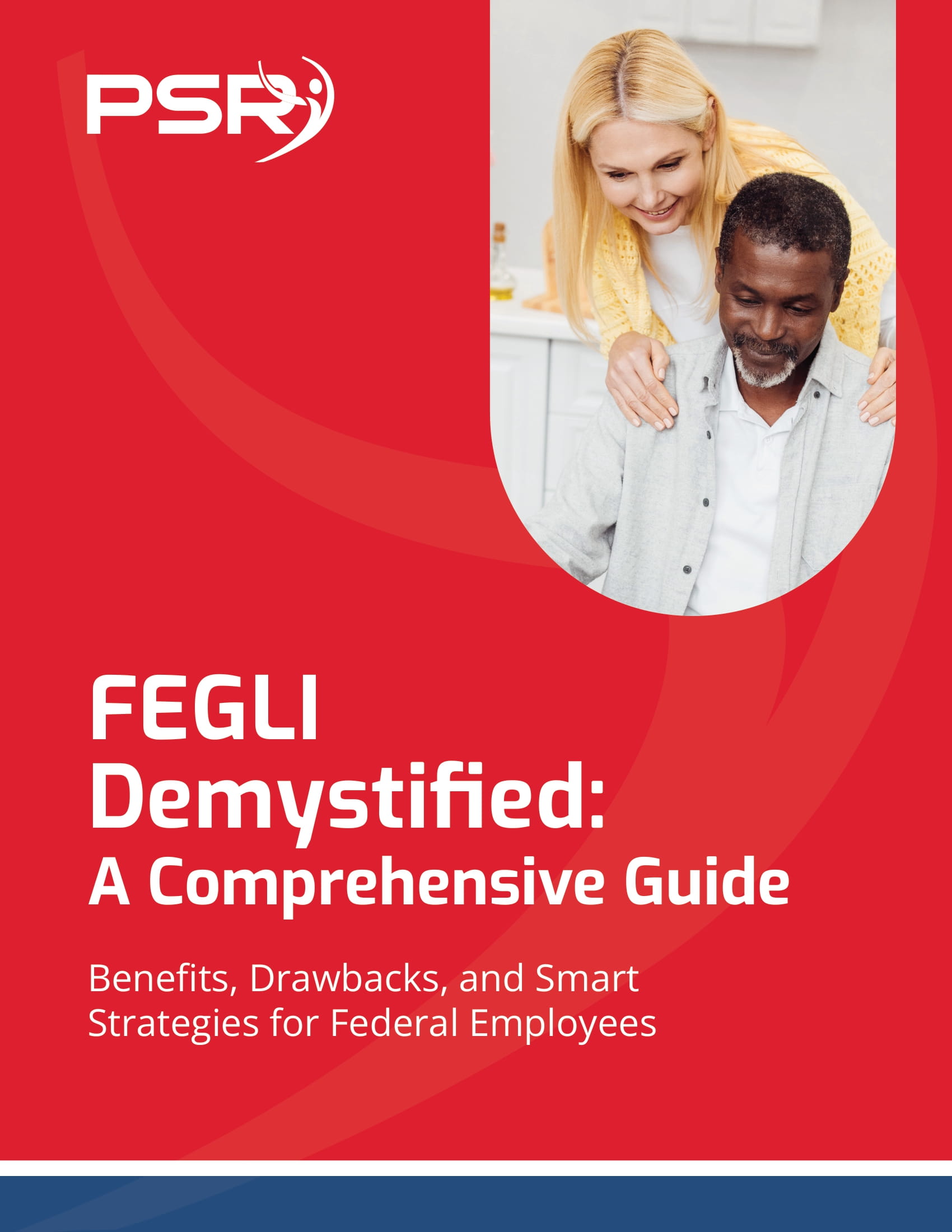Key Takeaways:
-
Choosing the right FEHB plan involves more than just looking at the monthly premium. Features like out-of-pocket costs, provider networks, and prescription coverage can significantly impact your healthcare expenses.
-
Open Season runs from November 11 to December 9, 2025, giving you a limited time to compare plans and make adjustments before enrollment closes.
1. Monthly Premium vs. Total Annual Cost: What Matters More?
When selecting an FEHB plan, the monthly premium is often the first thing you check. However, focusing solely on this number can be misleading. The total annual cost of a plan includes:
-
Monthly premium payments
- Deductibles and copayments
-
Coinsurance percentages
-
Prescription drug costs
-
Additional costs for out-of-network services
-
Expenses for non-covered treatments
A plan with a lower monthly premium might have higher out-of-pocket expenses, leading to higher costs over the course of the year. Make sure to analyze all cost factors before making a decision. Calculate your expected medical expenses, including doctor visits, medications, and procedures, to get a more accurate estimate of your total cost.
2. Deductibles and Out-of-Pocket Maximums: Know Your Limits
Every FEHB plan has a deductible, which is the amount you must pay before your plan starts covering expenses. Some plans offer low deductibles but higher premiums, while others feature higher deductibles with lower premiums.
Out-of-pocket maximums are equally crucial. These caps limit how much you have to spend on covered services each year. In 2025, the out-of-pocket maximum for FEHB plans ranges from $7,500 (Self Only) to $15,000 (Self Plus One or Family).
Understanding these limits helps you avoid unexpected financial burdens when seeking medical care. You should also consider whether your plan offers cost-sharing reductions, such as lower deductibles for preventive care or chronic disease management programs.
3. Provider Networks: Is Your Doctor Covered?
Not all FEHB plans include the same provider networks. If you have a preferred doctor, specialist, or hospital, verify whether they are covered under your prospective plan. Out-of-network visits can lead to significantly higher costs or outright denial of coverage for non-emergency services.
Most FEHB plans categorize providers into:
-
In-network: Lower costs, negotiated rates
-
Out-of-network: Higher costs, sometimes not covered at all
If you live in an area with limited provider options, check whether the plan offers nationwide or regional coverage to ensure adequate access to care. Additionally, confirm if your plan includes access to telehealth services, which can reduce costs and improve convenience.
4. Prescription Drug Coverage: How Much Will You Pay?
Prescription costs can add up quickly, especially if you take multiple medications. FEHB plans vary in how they cover prescriptions, and some plans offer better discounts on generics, while others focus on brand-name medications.
In 2025, most FEHB plans follow a tiered pricing model:
-
Tier 1: Generic drugs (lowest cost)
-
Tier 2: Preferred brand-name drugs
-
Tier 3: Non-preferred brand-name drugs
-
Tier 4: Specialty medications (highest cost)
Check the plan’s drug formulary to see if your medications are covered and at what cost. Also, consider mail-order options, which some plans offer at reduced prices for long-term medications. Some plans may include additional benefits like medication therapy management programs to help manage chronic conditions more effectively.
5. Coverage for Dental and Vision: What’s Included?
While FEHB plans primarily cover medical services, some include limited dental and vision benefits. If your plan does not offer these services, you may need to enroll separately in a Federal Employees Dental and Vision Insurance Program (FEDVIP) plan.
Compare whether your FEHB plan provides:
-
Routine dental checkups and major dental work
-
Eyeglasses, contacts, and annual vision exams
-
Orthodontic coverage (available in some plans)
If you anticipate high dental or vision expenses, supplementing with a FEDVIP plan might be a smart choice. Additionally, some plans offer discounts on LASIK surgery or cosmetic dental procedures, so review all available benefits before making a decision.
6. Coordination with Medicare: Will It Lower Your Costs?
If you’re a federal retiree approaching age 65, coordinating FEHB with Medicare can help reduce healthcare expenses. Many retirees enroll in Medicare Part B, which covers outpatient services, while keeping their FEHB plan as secondary coverage.
Some FEHB plans reduce or eliminate deductibles and copays for enrollees with Medicare, offering:
-
Lower prescription drug costs
-
Better provider coverage
-
Additional benefits like wellness programs
Review how your FEHB plan integrates with Medicare to determine the best combination for your needs. Keep in mind that some plans also offer reimbursement programs for Medicare Part B premiums, which can help offset costs.
7. Extra Perks and Wellness Programs: Are They Worth It?
Many FEHB plans include additional benefits that can enhance your overall well-being. These perks may include:
-
Gym membership discounts
-
Weight-loss or smoking cessation programs
-
Telehealth services for virtual doctor visits
-
Health incentives and rewards for preventative care
-
Mental health and stress management programs
-
Free wellness screenings and annual physicals
While these extras may not be deal-breakers, they can add value and contribute to long-term health savings. If you regularly use these services, choosing a plan that includes them can be a smart financial move.
Don’t Miss Your Chance to Choose Wisely Before Open Season Ends
The FEHB Open Season is your once-a-year opportunity to compare and switch plans. If you don’t act by December 9, 2025, you’ll be locked into your current plan for another year—unless you experience a qualifying life event (QLE).
Take the time to review your options, compare costs, and ensure you have the right coverage for 2025. If you need help, reach out to a licensed agent listed on this website for guidance on selecting the best plan for your needs.









